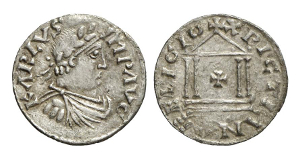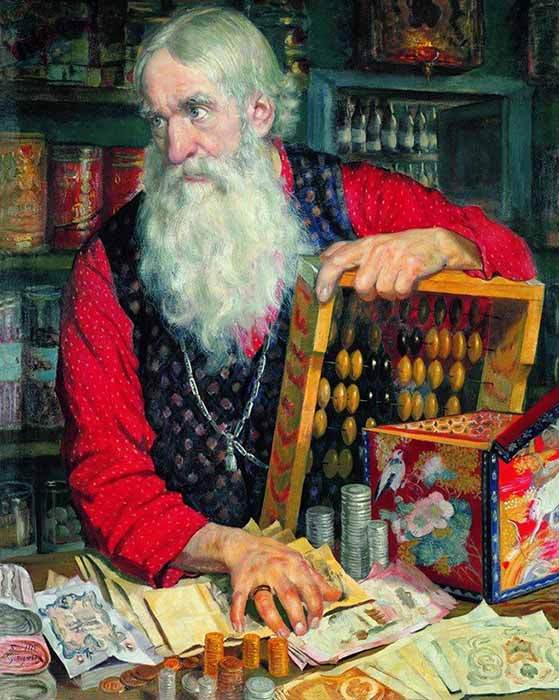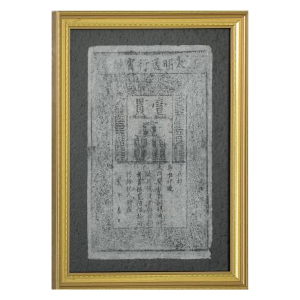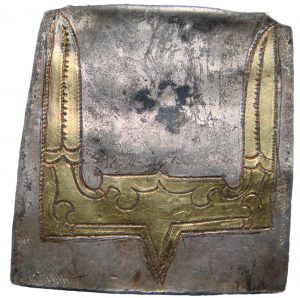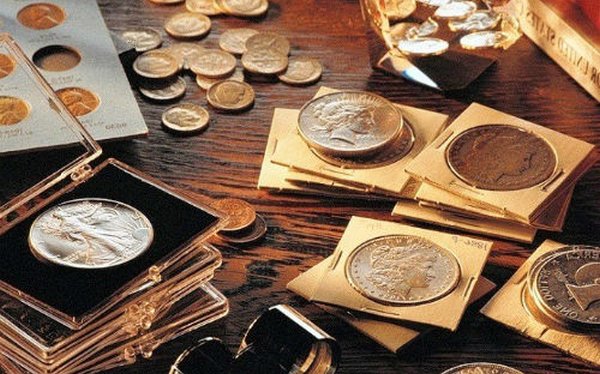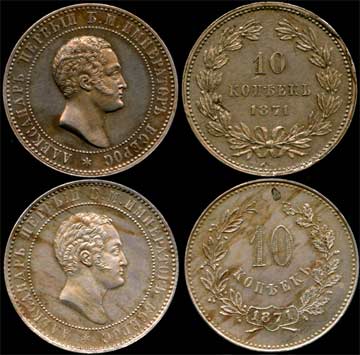Coins and medals of the colonial countries (XVI-XXI centuries)
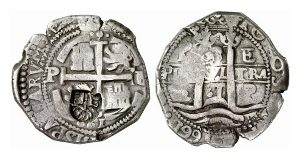 While in some countries, for example, in China or Japan, money in the form of coins was used for a long time, most of the Asian, African and American continents at the beginning of the 16th century remained a non-monetary zone.
While in some countries, for example, in China or Japan, money in the form of coins was used for a long time, most of the Asian, African and American continents at the beginning of the 16th century remained a non-monetary zone.
In Africa, the circulation of coins was not developed until the New Age, and the means of payment were the predecessors of the coins, money in the form of pebbles and seashells. In such regions, coins most often came in the baggage of overseas colonialists, and the first minted coins were copies of metropolitan coins, marked with an additional sign to indicate the corresponding metropolis.
So, the Spanish Empire in the XVI-XVII centuries, launched a large-scale minting of coins in South America. Today, these colonial coins represent an attractive and extensive collection area. Some types of coins were minted only for circulation in the colonies and therefore are quite rare today. In the colonies of North America, overseas metal money was sometimes so lacking that, due to the lack of alternatives, paper money spread here especially quickly and began to prevail.
With independence, many former colonies began self-minting coins. In coin images, they often used the symbols of newly acquired freedom. As an example, here is the image of the goddess of liberty on American coins or the Phrygian cap of freedom on Mexican ones. Usually, at the same time, both the images and the face values of the coins remained subject to European influence. The motives for their own, pre-colonial past, the country turned much later. Some types of coins were minted specifically for trade with Southeast and East Asia, such as the English, American, and Japanese trading dollars. The most famous trading coin of the 18th century was the Austrian Thaler Maria Theresa, which was exported in large quantities from overseas to Africa and supplied there with grating.
Today, many overseas countries mint beautiful series of investment coins made of gold, silver or platinum, which opened the way to the world of numismatics for many collectors. As an example, among the many other coins here can be called the South African Krugerrand or Australian nugget.
Get a piece of a large overseas world in the form of a coin and touch the fascinating monetary history of Latin America, South Africa or India.
